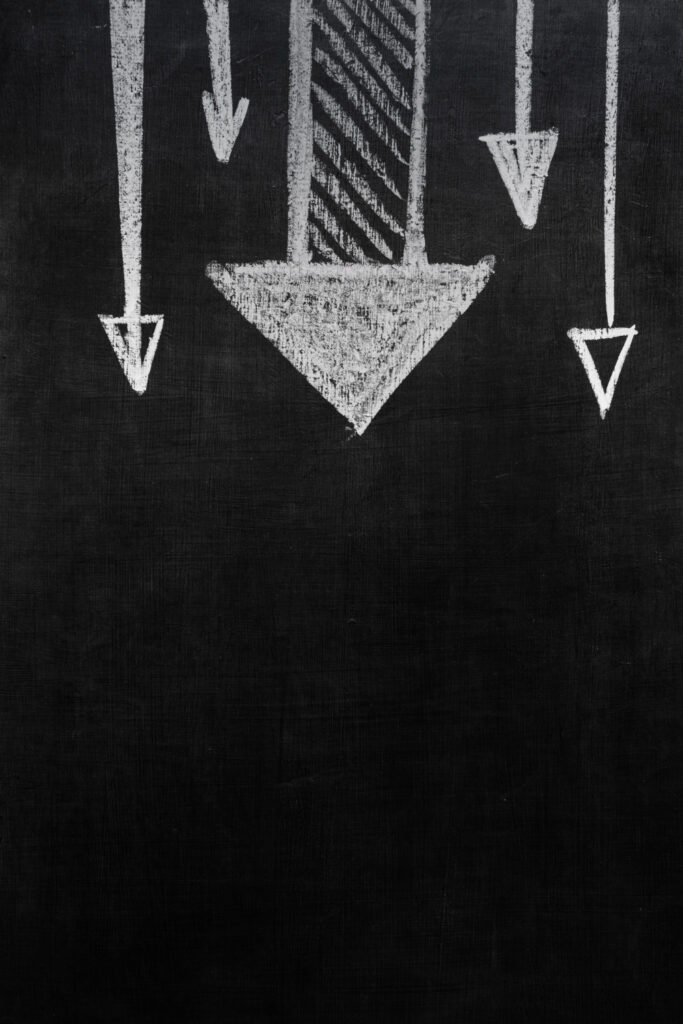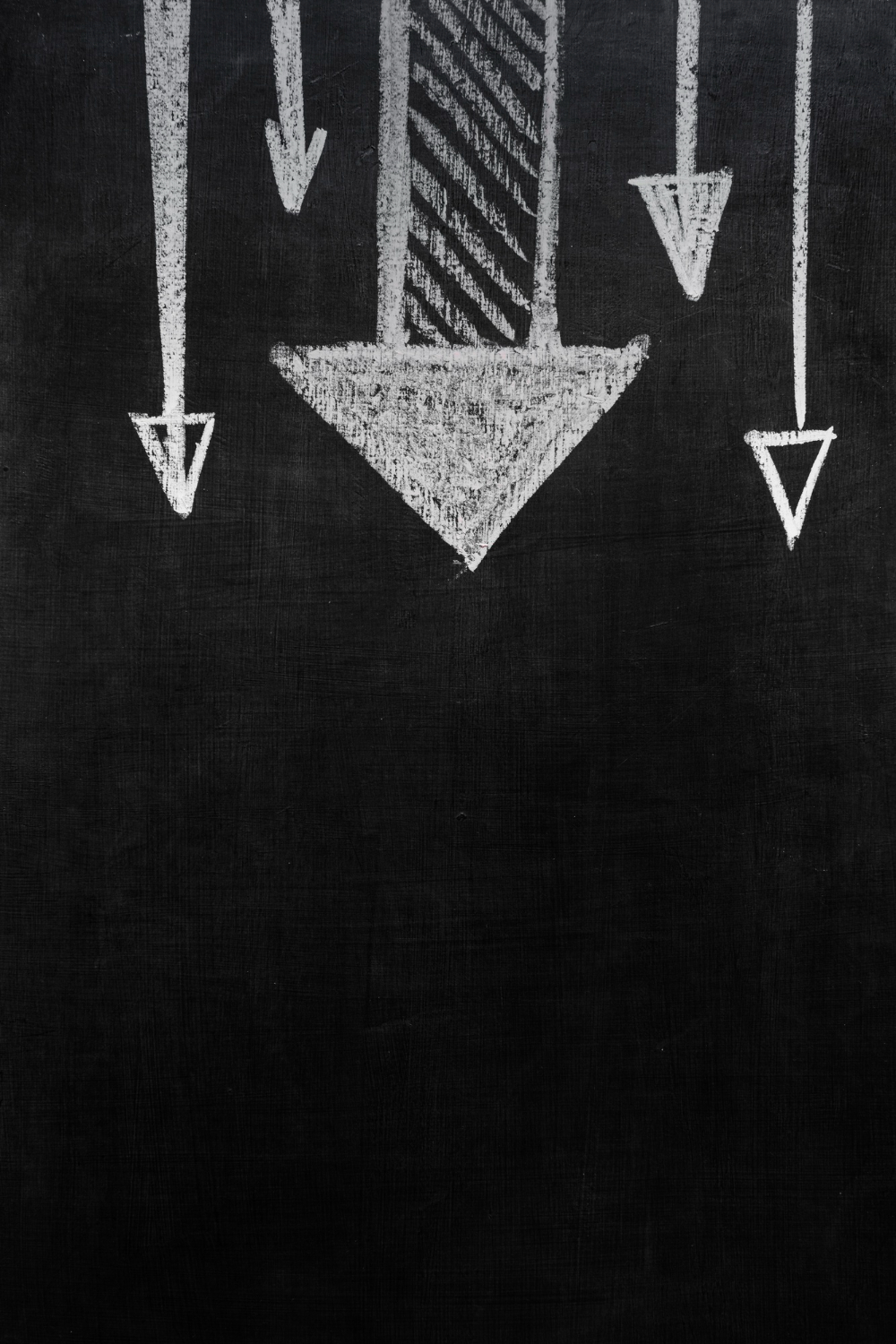Introduction
Chalkboard paint is a versatile and fun way to transform any surface into a writable and erasable chalkboard. Whether you want to add a creative touch to your home, enhance your classroom, or create an engaging menu board for your café, chalkboard paint can make it happen. In this article, we’ll delve into the world of chalkboard paint, exploring its history, uses, application techniques, and more.

Table of Contents
What Is Chalkboard Paint Made Of?
Is typically made from a mixture of latex paint and fine powder of ground-up chalk. This combination creates a surface that mimics a traditional chalkboard, allowing you to write on it with chalk and erase it just as easily.
The History of Chalkboard Paint
Has an interesting history. It was originally developed in the mid-1960s by a company called Hudson Paint. The purpose was to provide an innovative solution for teachers who wanted a more versatile teaching tool. Over the years, chalkboard paint has evolved and found its way into various applications beyond the classroom.
Why Use Chalkboard Paint?
There are numerous reasons to consider using paint. It offers a writable and erasable surface, making it an excellent choice for creativity and functionality. Some of the key benefits include:
- Versatility: Chalkboard paint can be applied to a wide range of surfaces, including walls, furniture, and more.
- Creativity: It provides an opportunity for artistic expression and note-taking in an unconventional way.
- Education: In the classroom, it fosters interactive and engaging learning experiences.
- Organization: Chalkboard surfaces can help keep you organized with to-do lists, calendars, and reminders.
Types of Chalkboard Paint
Comes in various types, including traditional black, colored, and magnetic varieties. The choice depends on your specific project and design preferences.
How to Prepare and Prime the Surface
Before applying paint, it’s crucial to prepare and prime the surface properly. This step ensures the paint adheres well and provides a smooth finish. Clean the surface, fill any imperfections, and apply a primer if needed.
Applying Chalkboard Paint – Step by Step
a. Choosing the Right Tools for Chalkboard Paint
For a successful application, you’ll need appropriate tools such as brushes, rollers, or spray cans. Ensure they are clean and in good condition.
b. Preparing the Workspace
Create a well-ventilated workspace and protect the surrounding areas to prevent any unintended paint splatters.
c. Mixing and Applying the Paint
Follow the manufacturer’s instructions for mixing the paint. Apply the paint evenly, allowing it to dry between coats.
Tips for a Smooth Finish
To achieve a smooth finish, sand the surface between coats and apply at least two or three coats of chalkboard paint. This will ensure a durable and writable surface.
Caring for Your Chalkboard Surface
Proper care is essential to maintain your chalkboard surface. Use chalkboard erasers or a damp cloth to clean it. Avoid abrasive materials that can damage the finish.
Creative Uses for Chalkboard Paint
The creative possibilities with chalkboard paint are endless. You can use it to decorate your home, label jars in the kitchen, create a playful space for children, or even design a unique wedding or event decor.
Chalkboard Paint in Home Decor
In home décor, paint can turn your walls, furniture, or even cabinets into functional and stylish chalkboards. This allows you to change your décor or leave messages and reminders for your family.
Chalkboard Paint in Education
Educators can use paint to transform their classrooms, making learning interactive and engaging. It’s an excellent tool for teachers to explain concepts, encourage student participation, and keep the classroom organized.
Chalkboard Paint in Restaurants and Cafes
Many restaurants and cafes use paint for their menu boards. It provides an easy way to update daily specials, prices, and promotions while adding a touch of personality to the establishment.
Chalkboard Paint as a DIY Project
Is also a popular choice for DIY enthusiasts. From creating personalized gifts to crafting unique party decorations, the options are vast.
Conclusion
Chalkboard paint is more than just a coating; it’s a gateway to creativity and practicality. With its historical significance and diverse applications, it has become a staple in various environments. So, whether you’re enhancing your home, classroom, or business, consider the endless possibilities that chalkboard paint can offer.
FAQs
- Can I use chalkboard paint on any surface? Yes, you can apply chalkboard paint to most surfaces, including walls, wood, glass, and metal.
- How do I clean a chalkboard painted surface? Use a chalkboard eraser or a damp cloth to clean the surface. Avoid abrasive materials that could damage it.
- Is colored chalkboard paint as durable as traditional black paint? Yes, colored chalkboard paint is just as durable and provides the same functionality.
- Can I use regular chalk on a chalkboard painted surface? Yes, you can use regular chalk on chalkboard paint. It writes smoothly and erases easily.
- Is chalkboard paint safe for children’s rooms? Chalkboard paint is safe for children’s rooms once it’s properly cured and dried, typically within three days. Ensure proper ventilation during application.


1 thought on “Creating Fun Spaces With Chalkboard Paint”